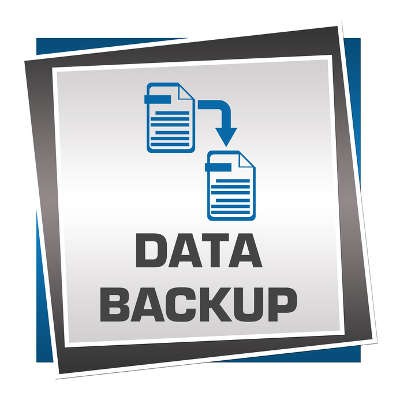-
SMART Blog

-
Jerry Fetty

- How to Judge the Quality of an IT Provider’s Services
SMART Blog
Why BDR is the Ideal Backup Solution for SMBs
How does your SMB backup its data? Have you put much thought into keeping your data backup up and stored off-site? Have you even invested in data backup? If not, then you should consider your data backup options.
When looking at your option, you’ll quickly discover that tape backup is the most commonly used method, but it pales in comparison to what a backup solution like BDR (Backup and Disaster Recovery) can do. Granted, having tape backup is better than not having any data backup at all. However, you could be holding your business back and putting your data in jeopardy if you don’t have a more proactive solution.
BDR Establishes a Crucial Recovery Point Objective
The recovery point objective is the time it takes to have a successful restoration of your business’s data infrastructure following a disaster. How much data can you afford to lose following a breach or data loss incident? Of course, the answer to this question should be zero, or a negligible amount, but tape doesn’t allow for this. With tape backup, you could easily lose an entire day’s worth of data, since tape backups are so resource-intensive that they’re often performed after hours. Alternatively, cloud-based BDR takes backups of your data as often as every fifteen minutes, and since they only take snapshots of data that’s been changed since the last backup was taken, this process is minor enough to not interrupt operations.
BDR Allows for a Fast Data Recovery Speed
Tape backups are often so large that they could take anywhere from a couple of hours to an entire day to deploy. This means that you’ll be experiencing more downtime--i.e., time not spent working as intended. Compound this by the number of employees you have and you have a significant cost that could break your budget. Thus, it makes sense to take measures that ensure you experience minimal downtime. This is the advantage of cloud-based BDR. Since your data can be recovered instantaneously through the cloud, you can get back in business as soon as possible following an incident. Plus, you don’t have to worry about not having extra equipment on hand to access your restored data, as the BDR device itself can serve this purpose.
BDR Offers Off-Site Storage
Often times, organizations using tape backup will store their backup tapes on-site. While this is convenient, it can become problematic in the event of a crippling disaster such as a fire or flood--one that damages your facility. Backing up locally on your network can also be problematic, as you could lose access to your network for a host of reasons. This is why off-site storage is considered a best practice. With BDR, your data is stored both off-site in a secure data center, and in the cloud for easy access, making it an ideal solution that places your data at minimal risk.
To learn more about our Backup and Disaster Recovery solution, reach out to SMART Services at 586 258-0650 .
About the author
Jerry Fetty is the CEO and founder of SMART I.T. Services, Inc. Jerry has been called the "Geek King". He has been helping companies make smart decisions about their networks and automation systems for over 30 years.




Comments